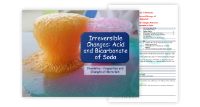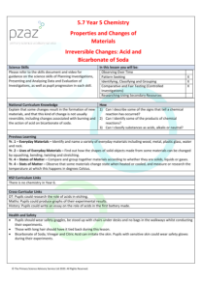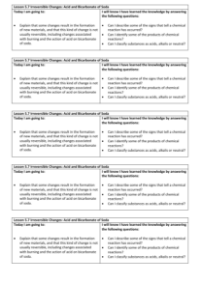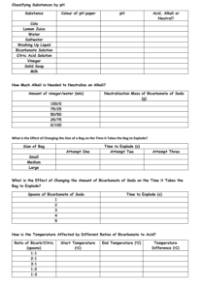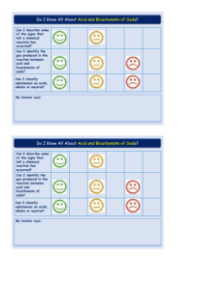Acid and Bicarbonate of Soda - Presentation

Science Resource Description
The educational presentation on 'Acid and Bicarbonate of Soda' delves into the fascinating world of chemical reactions, specifically focusing on the properties and changes of materials. Students are posed with thought-provoking questions designed to assess their understanding of how to identify signs of a chemical reaction, the products that result from such reactions, and the classification of substances based on their pH levels. The session begins with a practical scenario where students Ramani and Poppy, under the guidance of their biology teacher Mr Mathers, apply their knowledge of pH to test the acidity or alkalinity of water samples using pH paper, which changes colour according to the pH scale. This interactive approach to learning helps students grasp the concept of pH and its implications in real-world situations.
As the lesson progresses, students are encouraged to classify substances as acids, alkalis, or neutral based on their pH values, with the pH scale ranging from 1 to 14. They learn that substances with a pH less than 7 are acidic, a pH of 7 is neutral, and a pH greater than 7 is alkaline. The presentation further explores the neutralisation process, where vinegar (an acid) and bicarbonate of soda (an alkali) are combined, resulting in a neutralisation reaction that produces carbon dioxide gas and has practical applications such as treating heartburn. Additional experiments, like the 'Exploding Bag', demonstrate the vigorous reaction between vinegar and bicarbonate of soda, while another activity investigates the endothermic reaction when bicarbonate of soda reacts with a solid acid, cooling the surroundings. These hands-on activities not only solidify students' understanding of chemical reactions but also demonstrate how to identify the production of gases and the effects of varying the ratios of reactants.
